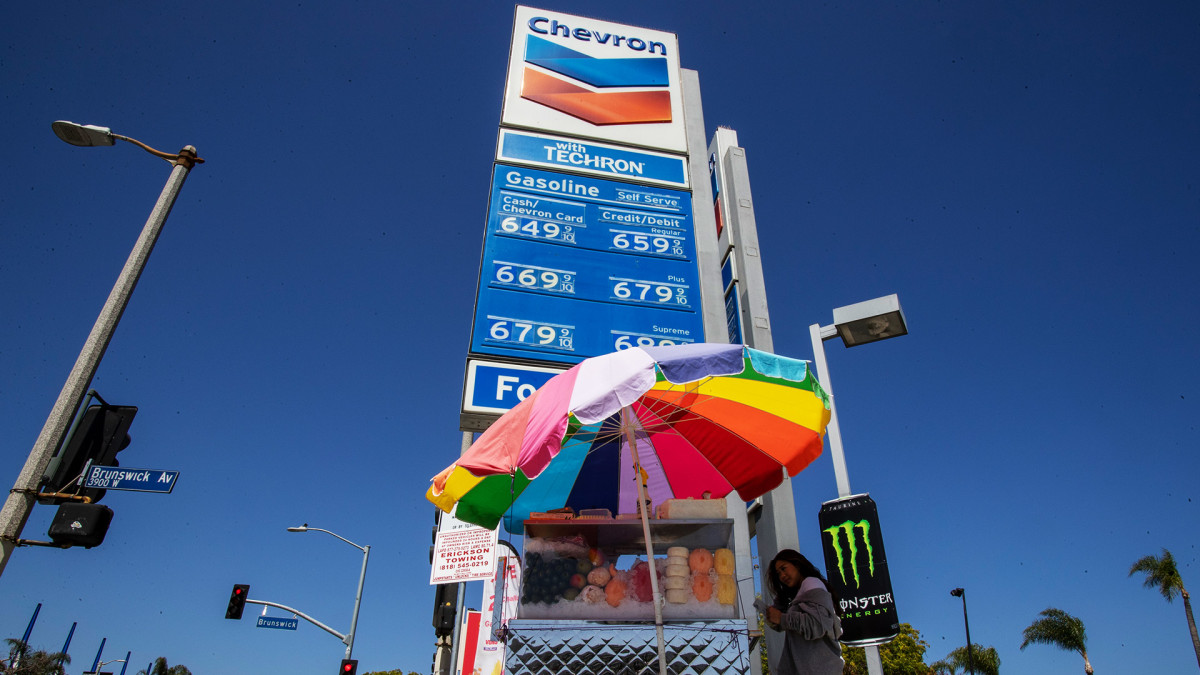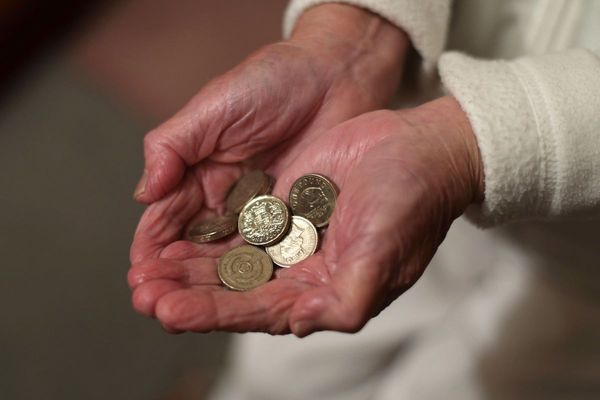
We all know that filling up a gas tank in the last two years has often been a painful experience.
Especially in June 2022 when the national average price of gasoline topped $5 a gallon in much of the country — $75 for a 15-gallon fill-up.
So, there was relief when the price finished 2022 at $3.195 a gallon.
Related: Major Tesla competitor's latest move looks bad for the electric vehicle industry
But the gas prices went up again in 2023 until finally, on Sept. 18, the price peaked at $3.881 a gallon. Since then, the price has come down heavily.
In fact, on Saturday, Dec. 9, the national average retail gasoline price, according to the American Automobile Association, was $3.167 a gallon, down 3.5 cents from the day before, 18.4% from that Sept. 18 price and 36.9% lower than that June 2022 peak of $5.016 a gallon. Remember that $75 fill-up in 2022. It's now $47.51 on average.
And it's likely to move lower still between now and New Year's and into January, maybe longer.
So, happy holidays.
In addition, Tom Kloza, global head of energy analysis at the Oil Price Information Service, said that more than half of the retail dealers of gasoline in the United States are selling their gasoline at less than $3 a gallon.
"This never happened in 2022," he said.
So, happy holidays.
Gasoline prices have fallen because crude oil prices in the United States have come down heavily since peaking at $93.68 per 42-gallon barrel in late September and finished the week at around $70 a barrel.
Crude oil represents about 53% of the per-gallon price of gasoline.
The closing futures price for RBOB gasoline at $2.0498 a gallon was lower than at the same time in 2021, Kloz noted. The futures price is essentially a wholesale price for gasoline and is typically 64% of what you pay at the pump.
Some of the forces pushing oil prices higher in 2022 and again in 2023 have eased. These include:
- Global shipping costs easing as the global economy reopened from the worst of the Covid-19 pandemic.
- More oil and gas production in the United States and elsewhere.
- Lower gasoline consumption since July because of strained consumer budgets, according to analysts studying data from the U.S. Energy Information Administration.
- Lower oil demand in China because of weak economic conditions.
- Signals that the The Organization of Petroleum Exporting Countries and its related OPEC+ group may be struggling to enforce members' production quotas. New production quotas are "voluntary."
Plus, winter has arrived in the Northern hemisphere. Gasoline demand is much lower than in the summer, and refiners are concentrating on making diesel and jet fuel, which right now command higher prices. Gasoline is almost a byproduct.

Gina Ferazzi / Los Angeles Times via Getty
Energy shares have been pressured as prices have come down. The Select Energy Sector exchange-traded fund (XLE) -) is down 10.2% this quarter and down 7.3% for the year. Chevron (CVX) -) is off 14.4% for the fourth quarter and 19.6% for the year. Exxon Mobil (XOM) -) is off 15.3% for the fourth quarter and 9.8% on the year.
So happy holidays. (Unless you're an energy investor.)
There is a grinch in this picture consumers should remember.
Oil prices and gasoline prices are, as noted, seasonal. Wars, depressions, wild inflation can cause havoc.
Gas prices usually rise from mid-winter (sometimes even December) into the summer before starting to retreat around August. The declines in the fall tend to be sharper if the earlier run-up is substantial.
But remember: 2023 price peaks were smaller than those in 2022. So, if we're lucky and there are no wars, the summer price increase may be less violent than this year's run-up.
So, happy holidays.







